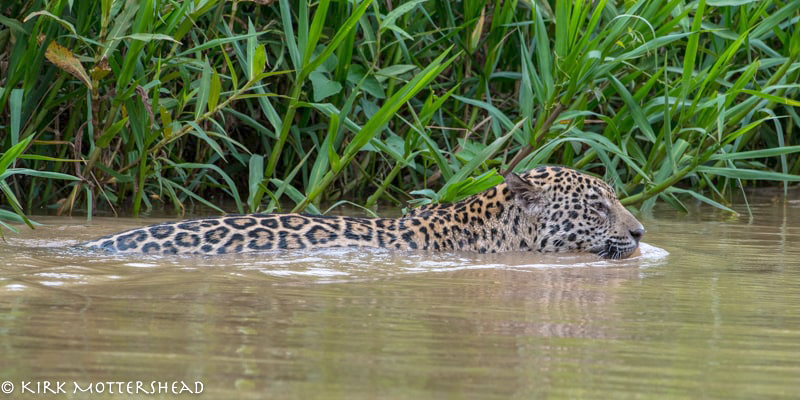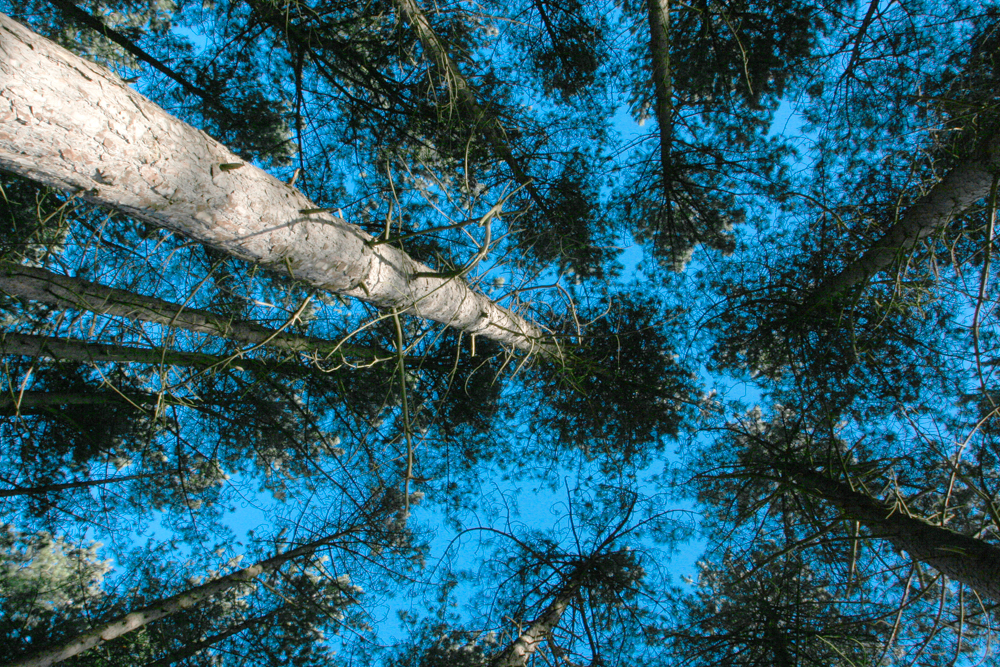Crouching below the fallen tree out of the mid day sun, the jaguar casts a casual glance down river. Her camouflage blending into her surroundings so perfectly, only the slightest movement reveals her position. A commotion between a capybara and a caiman below tempt her to stir from her siesta, for now she just watches the drama with an idle stare, panting in the heat.
When I think Jaguars the first place I think is in the Amazon rainforest, the illusive hunters stalking in the shadows of the thick jungle. After my travels through the Pantanal in Brazil’s Mato Grosso and Mato Grosso do Sul states, I was convinced otherwise. The Pantanal is the largest freshwater wetland in the world, approximately the size of England and it is not just Jaguars that create great photo opportunities here. There are also ocelots, hyacinth macaws, anteaters, jabiru storks and giant river otters to name just a few.
It is forty degrees at the beginning of November just before the rains that initiate the seasonal flood. The water is currently at its lowest level concentrating the jaguars and all the other wildlife together. These are perfect conditions to photograph Jaguars, although the heat is exhausting and to make matters worse everyone is covered up from head to toe to avoid the biting insects. Marco our guide goes as far as wearing gloves as he chooses not to wear insect repellant, even he who is used to the conditions looks very hot. The air conditioning and a cold drink is more than a welcome break from the sweltering heat back at camp. The local fishermen take to bathing in the river to cool down, rather them than me after seeing the size of the caiman’s further up river.
Back on the river in the afternoon we chanced upon two jaguars approaching each other. Our guide recognised them immediately explaining they were sisters, one of which had recently had a litter of cubs. Feeling more territorial with her new cubs than usual we observed a mighty clash between the two. The jaguar with the cubs establishing her dominance with the need to feed more than just herself at the moment and wanting no competition for food even from her sister. The spectacle was incredible and created a fantastic photo opportunity, although I am sure it was no more than a family drama, all be it jaguar style.

The Jaguars do most of their hunting along the river banks during the day and so it is possible to spot them with enough patience and observe them stalking prey. Whilst hunting the jaguars are as happy in the water as they are on land and seeing a jaguar slip into the water and swim around fallen trees is a photographers dream. The best way to navigate the region is by boat, here they use flat bottomed fishing boats to allow them to navigate into very shallow channels to search out the backwaters for the more elusive animals.
Of course the jaguar is not the only cat species here in the Pantanal, I was also lucky enough to see the very beautiful ocelot. My guide looked through his binoculars and pointed out something amongst the tree roots across the river, I looked and saw nothing. I looked again through my zoom lens and still saw nothing. He gave me his binoculars to use, the difference was amazing, there is a lot to be said for very bright binoculars. And there the ocelot was, peering at us sitting in its den between the roots of the tree with only its head visible. Nature surprises and captivates me every single time.

The Jaguars have different techniques for hunting here in the Pantanal, some follow the river bank to see what they can chance across, whilst a small few have developed a technique of waiting in ambush high up in a tree overhanging the river. The jaguar then springs from the the tree branch onto unsuspecting caimans below as they pass. This method is dangerous for the jaguars leaping from so high up in the tree, yet very effective for catching caiman. I came across the jaguars in wait on the tree branches overhanging the river but unfortunately did not see them leaping from the tree. My guide told me he had only ever seen it a few times and he had never got any great footage of the ambush. To capture this unfolding ambush would be incredible, I would very much like to return to chance my look at seeing this hunting spectacle.

The Jaguars in the Pantanal have an almost inexhaustible supply of food in the form of caiman, capybara, deer and a just about anything else that crosses their path including anteaters on occasion. As a result they grow larger on average than their Amazonian cousins and there is a larger population density for the same reason. I was amazed with the number of encounters I had with jaguars in the Pantanal over the course of a week, which created many very amazing photo opportunities. I think it would be very difficult to get the same number of photographs in the Amazon within the same amount of time.
Tourism is a big cash generator in the region and eco-tourism is on the rise. Many ranches have adapted their business to tourism, building guest lodges, organising boat trips, walking safaris and horse riding alongside their traditional ranching activities. The jaguars here are in a better position than most other wild cat species around the world and there is a strong will to protect and preserve this wild space. There are problems of course that face the jaguars in the Pantanal, it needs tourism to support the region in order to justify the place for wildlife in a time where everything seemingly needs justifying in terms of money. The Pantanal is incredibly beautiful and should be on everybody’s bucket list of amazing places to visit in their lifetime.









